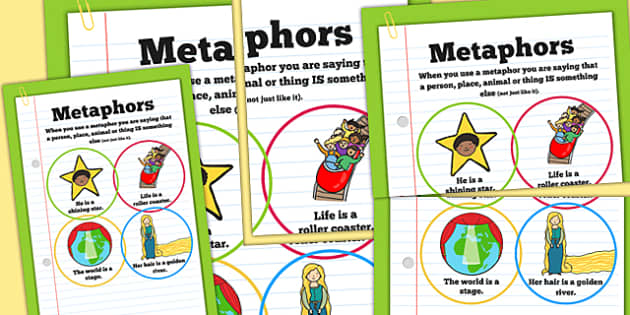
Neural ânetworksâ are now being appropriated for robots that emulate human beings. In recent decades, our talent for metaphorical invention has enabled us to extrapolate from physical webs, nets and networks to create the âWorld Wide Webâ, the â Internetâ and ânetworkingâ. And itâs not too far-fetched to assume that the human ability to create analogies between concepts, transfer concepts from one conceptual âdomainâ to another, and adapt established metaphors to new contexts, is akin to the engineerâs creative adaptation of the flying mechanisms of feathered birds to create a flying machine. We do so from the moment we start listening to the language(s) around us. When we use one type of thing â in this case the bird or flying object â to give shape to another â here the abstract concept of time â weâre training our ability to think creatively. This becomes evident in extensions and adaptations of the metaphor, as in the gently humorous Peanuts cartoon, or a message attributed to business leadership coach Michael Altshuler, which relies on his audienceâs familiarity with modern methods of travel: âThe bad news is: time flies. We here gain a glimpse of the dynamic interplay between cognition, culture and language, and the creative potential generated by that process. They can gain new force when they are highlighted as meaningful, for example by elaboration. 1 Even well-worn metaphors are not âdeadâ.

Meanwhile German never adopted the classical quotation as a proverb despite an equally strong classical heritage â âdie Zeit fliegtâ is less common than âdie Zeit vergehtâ, equivalent to the pedestrian statement that âtime passesâ.įig. Did the vowel correspondence between âtimeâ and âflyâ make the phrase more memorable? Certainly, a shift in the English semantic system played a part, in that âflyâ used to encompass âfleeâ as a (metaphorical) meaning, but this part of the associative range of the word became obsolete. We may speculate what prompted the change of action as the metaphor became established in English. Shared among speakers of English, the proverb goes back to Virgilâs poem Georgics â though his Latin metaphor is in fact âtempus fugitâ (line 284) â âtime fleesâ. The metaphor makes the abstract, intangible and shapeless concept of âtimeâ imaginable as a physical, animate body that moves swiftly through space, by analogy with the familiar phenomenon of a bird. Or the more obviously metaphorical saying âtime fliesâ, which gives expression to an everyday sense of time passing faster than expected or faster than seems natural to a human being (see Fig. This assumes that we move forward through time much as we progress along a path or road. So how do we manage to get a mental grip on space and time, and how they connect? The answer is: we use our extraordinary talent for thinking and communicating through metaphor. Yet we all cope with the practical challenges of our daily routines, which involve knowing â roughly or precisely, depending on context and need â which specific location we are in, and what time of day, month or year it is. This statement sums up current scientific knowledge about the interplay between three-dimensional space and one-dimensional time. And yet, even after millennia living in it, we still donât know what space-time actually isâ (Carroll 2019: 34).

ÂâSpace-timeâ is simply the physical universe inside which we and everything else exists.

Metaphor opens up an infinite range of pathways to creativity. Our metaphorical thinking is influenced by the language(s) we know and the culture(s) we inhabit. Our innate talent for metaphor connects our thought, language and action in a fluid process. The following principles are central to the work of Creative Multilingualismâs research strand âThe Creative Power of Metaphorâ: Language diversity nurtures diversity of identity, thought and expression


 0 kommentar(er)
0 kommentar(er)
